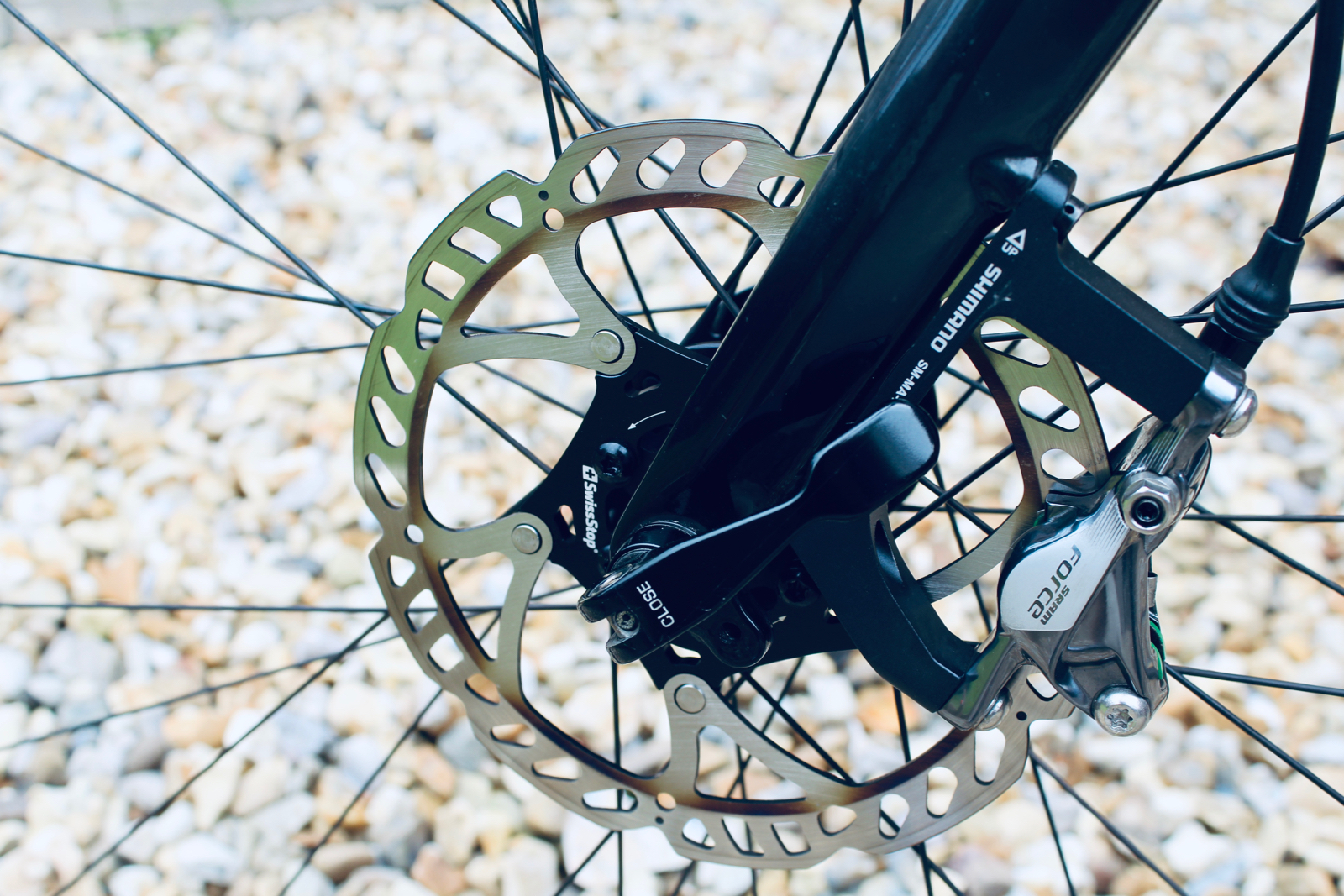Top Tips for Lightweight Bicycle Touring and Bikepacking
This is my advice for bikepacking and cycle touring...
1 – Use Modern Mapping Technology
I love maps. The contour lines, roads, paths, and rivers paint a picture on paper. When it comes to route planning for a bicycle tour though, make use of the incredible resources from online mapping tools.
Komoot.com is my preferred service—it utilises crowd-sourced data of the most-ridden roads and trails to optimise a route between two pin points. It makes route planning dead easy, because you know that the roads and paths the software is taking you on are the best of the bunch in the area.
Online software will also tell you the elevation profile, and Komoot will even give you a breakdown of the road / trail surfaces that you will encounter on a route. This information is incredibly helpful to estimate ride times and required effort.
2 – Think Twice. Pack Once.
The key to effective packing for a cycle tour is planning. You need to plan for possible scenarios, but weigh up the possibility of that scenario occurring against the downside of the weight and bulk of the additional kit you require to deal with it.Imagine riding through the mountains... cold or inclement weather are a distinct possibility, and being ill-prepared could be life-threatening. The added bulk of water-resistant arm and leg warmers, an insulated gilet, and a proper waterproof jacket are notable—but they are undoubtedly worth carrying.
In contrast, question whether you really need to take a full cutlery set to eat your dinner—could you get away with just a spoon? Do you need to take a mug, or could you just drink from your stove pot?
It is about stripping back your bikepacking kit that is less necessary, but not compromising on the kit that will keep you safe and comfortable.
» View my complete up-to-date bikepacking kit list here «
3 – Carry Spares and Emergency Equipment
Every bit of additional weight that you carry will make your riding a bit more laboured; but there is great merit in carrying spares for potentially difficult situations.Things like a spare tyre, spare tubes, spare cleat bolts, tube patches, cable ties, and spare brake pads are worth their weight in gold when that unfortunate mechanical happens. Similarly, a basic first aid kit, space blanket, a back-up phone battery, and freeze-dried rations are potentially lifesaving additions to your kit.
4 – Test Ride Your Kit
This might seem obvious, but it surprises me how many people will attempt a long weekend trip or century ride in a pair of cycling shorts they have never worn before. Equally, it is no good finding the lighting mechanism on your stove does not work when you are in the middle of nowhere.Testing kit does not mean you need to do lots of loaded test runs; rather you can just build it into your normal weekend rides. Do one ride with your panniers fitted to check that they do not bounce or rattle. Do half-a-dozen rides in those fancy new shoes to ensure they do not rub or feel sloppy. Test each and every piece of kit before the big ride, then there will be no unwelcome surprises en-route.
5 – Organised Separation
Bicycle touring panniers and bikepacking seat-packs are surprisingly cavernous things; it is amazing how hard it is to find your waterproof cycling gloves when they have slipped down to the base of what seems like a bottomless bag. The solution is strategic separation.
I use lightweight roll-top waterproof bags from Overboard Bags to separate everything: riding kit from casual kit; suncream from snacks; and tools from toothpaste. Keeping everything in colour-coded waterproof bags means kit is easier to find and you avoid contamination caused by leaks and spills.
6 – Camp Smart
If you are wild camping on your bike tour, then be smart about it. Wild camping is not difficult or scary if you follow some basic rules and adopt the right attitude.You read my 'Top Tips for Wild Camping' to get more insight into the best ways to wild camp.
7 – Stay Flexible
There are certain things you can do to reduce the stress caused by possible pitfalls. Have contingency plans and shorter paths in the back of your mind in case the going is slower than expected. Have escape routes planned in case you cannot continue. Keep a bank of phone numbers handy that you can call if you need emergency assistance. Always tell people where you are heading, and to check-in when you get there.
Unforeseen problems and hiccups will always occur when you are away on a bike trip; enjoyment can come from overcoming the adversity. Adopt the Scouts approach of 'Be Prepared' — both physically and mentally, and you will be able to enjoy the unexpected developments as part of the journey.
» Read more helpful Bikepacking Advice here «












Comments
Post a Comment